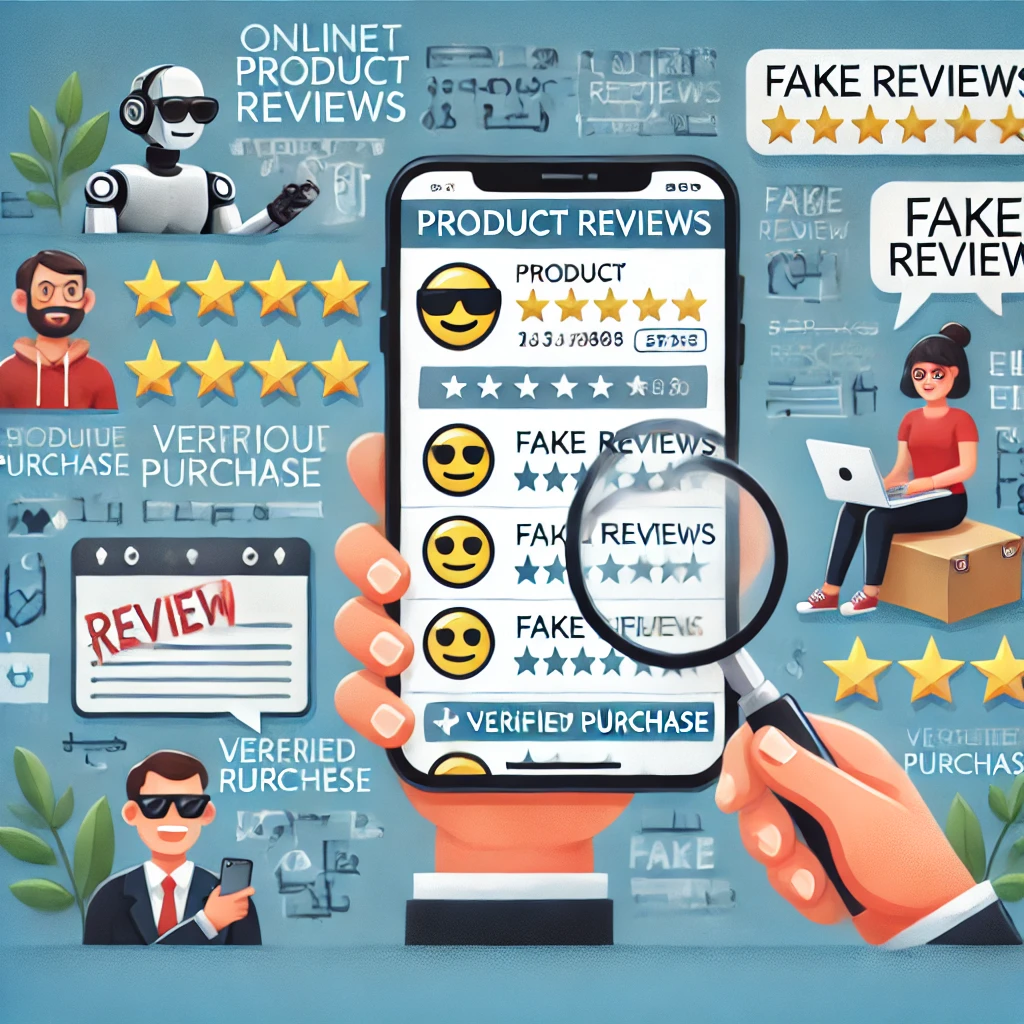In the era of online shopping, determining whether a product is truly worth it can be a challenge. With so many reviews, opinions, and complaints scattered across the internet, how can you separate useful information from misleading ones? In this article, we will help you correctly interpret comments and reviews to make safer purchasing decisions.

- What Are Reviews and Complaints?
Reviews are feedback that consumers leave about a product after purchase, usually assigning ratings or stars and commenting on their experience. Complaints, on the other hand, are usually made when something did not go as expected, whether it’s a defect, delivery delay, or frustration with the quality of the item.
- Not Every Positive Review Is Trustworthy
Seeing a product with thousands of positive reviews may seem like a good sign, but caution is necessary. Some companies use tactics such as:
Purchased reviews: Some stores pay for fake positive comments to increase the product’s credibility.
Bots and fake accounts: Profiles without history may be used to artificially inflate ratings.
Influenced users: In some cases, consumers receive freebies or discounts in exchange for positive reviews.
How to Identify Suspicious Reviews?
Very generic comments, such as “Great product!” with no details.
Repeated phrases in multiple reviews.
Profiles with few reviews and no photo.

- Complaints Must Be Put into Context
Not every complaint means that the product is bad. Before ruling out a purchase due to negative feedback, evaluate:
The nature of the problem: Was the defect isolated or a pattern among several customers?
The company’s response: Does the brand offer support and solutions for reported issues?
The consumer profile: Some people may be dissatisfied for personal reasons rather than the actual quality of the product.
- Where to Find Reliable Reviews?
E-commerce websites (Amazon, Mercado Livre, Americanas, etc.): Read detailed comments and look for customer photos.
Reclame Aqui: Great for checking how the company handles problems and whether it resolves customer issues.
Social media and forums: Facebook groups, Reddit, and other communities can provide more authentic experiences.
YouTube and Review Blogs: Content creators often conduct real tests and show the product in use.
- The Role of Reviews in Your Purchase Decision
To ensure a product is genuinely good, follow this checklist:
✅ Read detailed reviews, especially intermediate ones (3 or 4 stars).
✅ Check if there is a pattern of recurring complaints.
✅ Seek opinions from various sources.
✅ See if the company responds to and resolves customer issues.
✅ Watch video reviews to see the product in action.

Conclusion
Reviews and complaints are essential tools for online shoppers, but they must be used wisely. With the tips in this article, you can filter information more efficiently and avoid pitfalls, ensuring your purchases are truly satisfying!
And you, how do you evaluate a product before buying? Share your experiences in the comments!